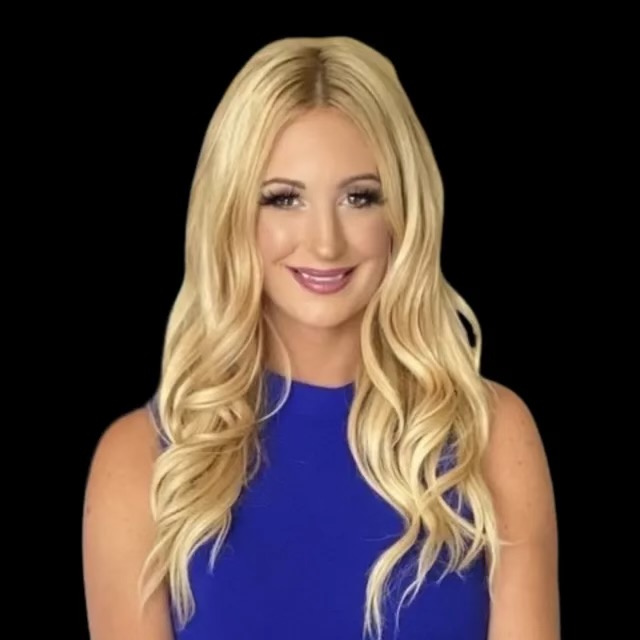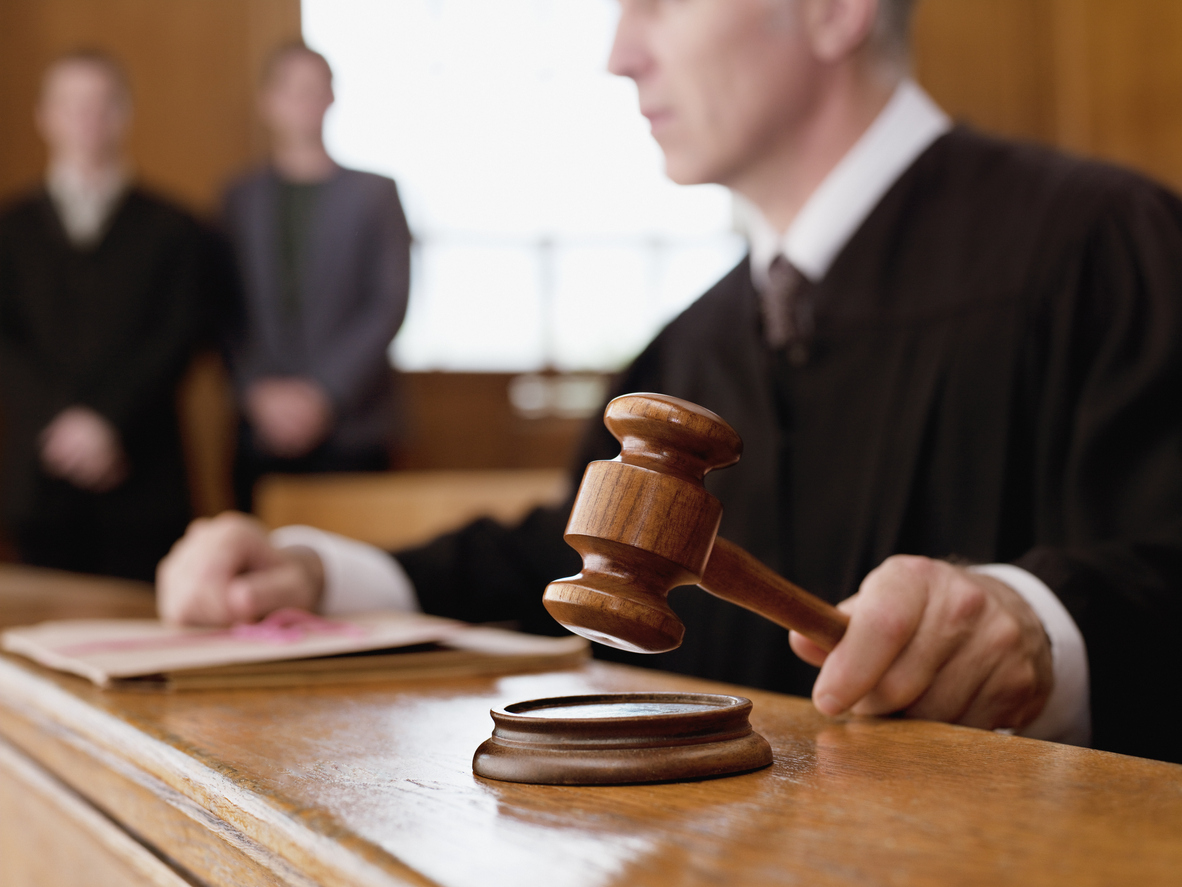April Hall asked me to give a speech at a one-day conference she is holding in Dallas next Thursday regarding smoke, soot, and ash claims. The science concerning smoke, soot, and ash removal following all types of fires is dynamic. Adjusters, restoration contractors, and especially policyholders need to be aware that their safety is at risk in post-fire and smoke damaged structures.
The article title in Remediation and Restoration Magazine, Soot, Char and Ash: It’s More Toxic Than You Think, provides a fair warning. It provides a quick summary of the type of personal protective equipment required for those adjusting, cleaning, and going into these structures:
Exposure Control Measures/Personal Protection: Personal Protective Equipment
Respiratory Protection: Use NIOSH-approved filtering face piece respirator (‘dust mask’) or higher level of respiratory protection as indicated and goggles where ventilation is not possible and exposure limits may be exceeded or for additional worker comfort or symptom relief. Following a determination of risk from potential exposures, use respiratory protection in accordance with requirements such as US-OSHA respiratory protection standard 29 CFR 1910.134.
Protective Gloves: Cloth, canvas or leather gloves are recommended when handling the dry product to minimize potential mechanical irritation. Discard gloves with contaminated interiors.
Eye Protection: An emergency eye wash fountain should be present near areas of potential eye exposure. Goggles or safety glasses are recommended when handling this product.
Other Protective Clothing or Equipment: An emergency shower should be present near areas where extensive skin contact is possible. Protective clothing with long sleeves or disposable outer garments may be desirable in extremely dusty areas.
Work/Hygiene Practices: The use of barrier skin cream may prevent skin irritation in susceptible individuals. Be aware that irritation may occur where PPE such as goggles or dust masks contact skin surfaces.
I made a point of this six years ago in a post all adjusters should read, Insurance Company and Independent Adjusting Firms That Do Not Provide Personal Protection Equipment to Fire Claim Adjusters Are Violating OSHA Standards.
A Canadian government produced consumer guide, Returning to Your Home After Wildfires, provides the following advice regarding personal property which may have been impacted by smoke, soot, and ash:
“Be safe. If in Doubt, Throw it out!”
United Policyholders discussed this topic in an article, Smoke and Ash Damage From a Wildfire, and provides advice to policyholders:
If your home was exposed to wildfire smoke and ash, you want to make sure it and its contents get properly inspected, tested, cleaned/treated and restored to pre-exposure condition. Damage to your home and possessions by smoke and ash is covered in your home policy. Payment for smoke damage to the structure of your home (walls, studs, wall-to-wall carpeting etc.) comes out of your dwelling coverage. Payment for smoke damage to area rugs, clothing, curtains, furniture, etc.) comes out of your contents coverage. No special dollar limit cap (such as you may find for mold) should apply, other than your overall dwelling and contents insurance limits.
Smoke damage can be both visible and invisible to the naked eye. So it is particularly important to have qualified experts do the inspection, testing, cleaning and restoration. Generally someone hired by your insurance company will do an inspection and issue payment for the amounts they believe they owe to restore your home and your possessions to pre-loss condition. That someone may be a claim adjuster, or an air quality expert, or simply a house cleaner. The person your insurer authorizes to make the decision about whether there is damage and what needs to be done to fix it – may or may not be the qualified expert you need. So the question often arises: Who pays for the thorough inspection, report and fix?
Your insurer may bring in outside vendors to do testing and prepare reports on your home’s condition, or do the actual cleaning/restoration. If you have reason to believe your insurer or a vendor has not conducted a proper inspection, or done necessary testing, we recommend that you: Speak UP and get them to do so, find a qualified expert you trust. If your insurer refuses to cover their fee, you have two choices: Complain to your state insurance regulator and keep pushing until the insurer changes their mind, or pay the fee yourself.
The Conference is primarily for fire restoration and mitigation contractors because April Hall has always been devoted to helping restoration contractors run more efficient and profitable businesses. She is promoting this as the Next Level of Smoke Claims. I will be speaking Thursday afternoon and hope to see you there.
Thought For The Day
There may be a great fire in our hearts, yet no one ever comes to warm himself at it, and the passers-by see only a wisp of smoke.
—Vincent Van Gogh




